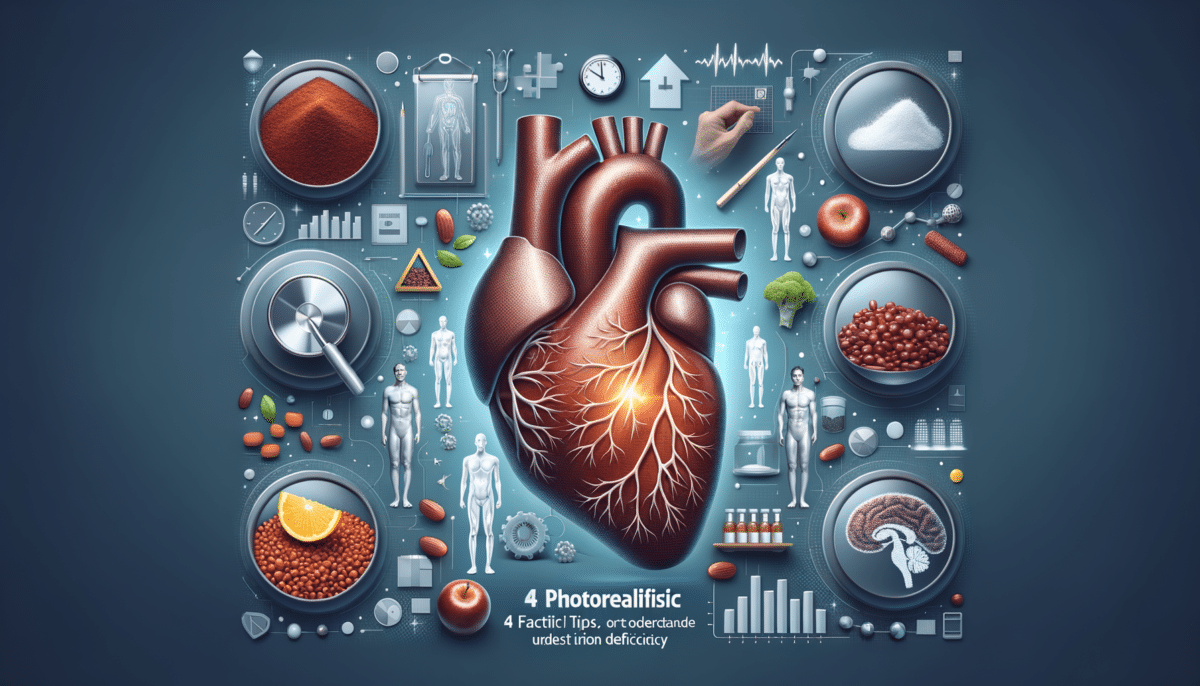Understanding Iron Deficiency
Iron deficiency is one of the most prevalent nutritional deficiencies worldwide, affecting a significant portion of the population. It occurs when the body doesn’t have enough iron to produce hemoglobin, which is crucial for carrying oxygen in the blood. Without sufficient iron, individuals may experience fatigue, weakness, and decreased immune function. According to the World Health Organization, iron deficiency is a leading cause of anemia, affecting about 30% of the global population. Understanding the causes and symptoms of iron deficiency is vital for early detection and management.
Causes of Iron Deficiency
There are several potential causes of iron deficiency, ranging from dietary insufficiencies to physiological conditions. Common causes include:
- Inadequate dietary intake: Consuming too little iron-rich foods can lead to deficiency.
- Increased iron needs: Pregnant women and growing children have higher iron requirements.
- Blood loss: Menstruation, gastrointestinal bleeding, or surgery can result in significant iron loss.
- Malabsorption: Conditions like celiac disease or certain gastrointestinal surgeries can impair iron absorption.
Identifying the underlying cause is crucial for effective treatment and prevention of recurrent deficiency.
Symptoms and Diagnosis
The symptoms of iron deficiency can vary, but often include fatigue, pale skin, shortness of breath, and brittle nails. In children, it may lead to developmental delays. Diagnosis typically involves blood tests to measure hemoglobin levels and iron stores. A complete blood count (CBC) and serum ferritin test are commonly used to assess these levels. Early diagnosis is essential to prevent complications and improve quality of life.
Treatment and Management
Treating iron deficiency involves addressing its root cause and replenishing iron stores. Dietary changes are often the first step, incorporating foods high in iron such as lean meats, beans, and fortified cereals. In some cases, oral iron supplements may be prescribed to boost iron levels. For individuals with absorption issues, intravenous iron may be necessary. Regular monitoring and follow-up with a healthcare provider ensure that treatment is effective and iron levels are maintained within a healthy range.
Prevention Strategies
Preventing iron deficiency requires a proactive approach to diet and lifestyle. Consuming a balanced diet rich in iron and vitamin C, which enhances iron absorption, is crucial. For those at higher risk, such as pregnant women and vegetarians, routine screening and dietary planning can help maintain adequate iron levels. Educating the public about the importance of iron in diet and the potential signs of deficiency can further aid in prevention efforts.
